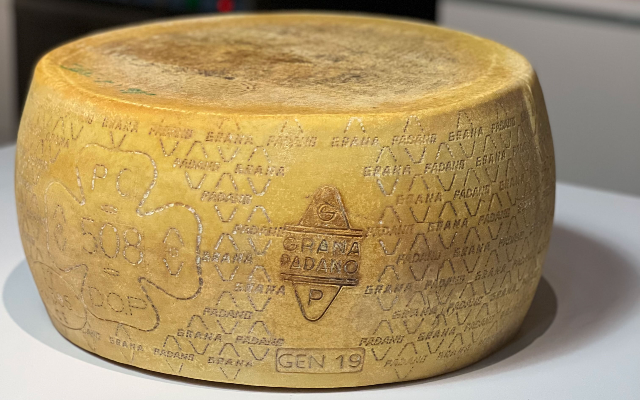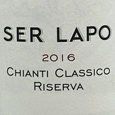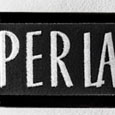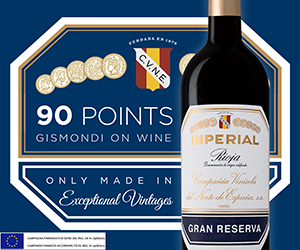Grana Padano is made in the Po River Valley in Northern Italy.
Raw cow's milk is used without being pasteurized and is partially skimmed before the cheese is made. The milk is heated in copper kettles during production, and as with most cheeses, there is a variation of flavour depending on the season and the year. The name grana in Italian speaks to its style, hard and granular.
The flavour and texture of Grana can vary greatly depending on age. A wheel with a minimum requirement of nine months would be less firm in texture and milder in flavour. You might notice more fruity flavours at that age. An older wheel of Grana would be much firmer and drier, with a more crumbly texture. The flavours of the wheels intensify over time so that you might notice a more nutty, sharp taste with a slightly salty finish. The older the wheel, the easier it is to break up the cheese into lovely shards for your cheese board.
You can buy Grana worldwide, and its popularity seems to grow yearly. It makes sense, then, that there are 150 factories throughout the region making this much-loved cheese.
Grana Padano has had IGP status since 1954 and DOP status since 1996. Acronyms like IGP and DOP show that the product — be it Grano Padano or prosciutto — is legally guaranteed by the European Union to be "authentic" or made in the original town or region with natural ingredients. Specifically, IGP or Indicazione Geografica Protetta (Indication of Geographic Protection) ensures that the quality or reputation of your food or condiment is linked to the place or region where it is produced, processed, or prepared. DOP Denominazione d'Origine Protetta (Protected Designation of Origin) guarantees that your favourite cheese, prosciutto, olive oil, etc., is produced, processed and packaged in a specific geographical zone according to tradition. Each step, from production to packaging, is regulated.
The wheels are 36 – 40 kilos, aged for at least nine months, and can be aged for as many as thirty-six months. Like Parmigiano Reggiano, the wheels are flat on the top and bottom but rounded on the sides. The sides of the Grana are stamped with a distinctive diamond pattern, as well as the date the cheese was made. In the case of our wheel in the picture, you can see the date the wheel was made as January 2019. Gennaio is January in Italian, and 19 signifies the year. The other important information is inside the clover-shaped stamp. That number is the production facility so that the cheese can be traced.
The stamps on the curved side of the wheels indicate that you are buying the real Grana, not a copy. Remember when you pick up a piece at the grocery store that the flat sides of the wheel have no markings, so you have to look at the curved sides to check for the stamp.
Grana Padano is a remarkable cheese for wine pairing. The flavours marry so well with a wide variety of wines that it is a convenient cheese to have around.
Of course, we know Grana is a great cheese on a salad, pasta, or risotto, but don't discount it for a cheese board or antipasti selection. The bold, sharp, fruity taste stands out and holds up well against other cheeses.
My favourite simple pairing is Grana with a nice bowl of crisp green olives. It also matches nicely with a ripe pear or some local grapes.
GOW suggested wine pairings:

 quicksearch
quicksearch










